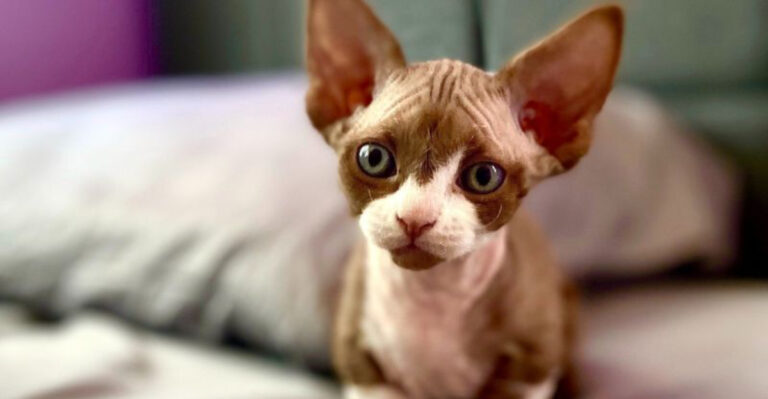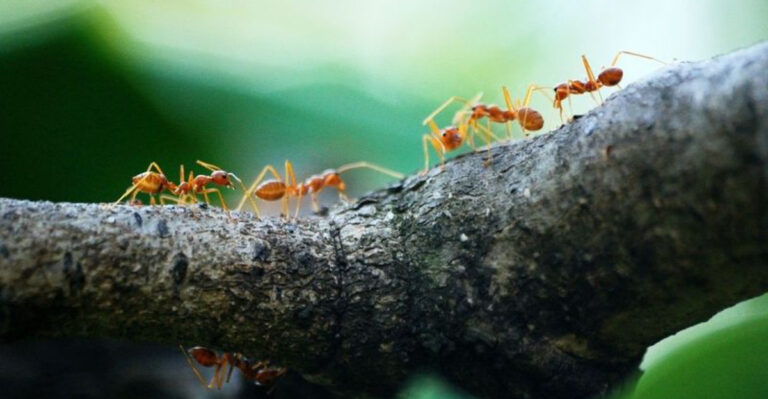16 Clear Indicators That Your Kitten Is Ready To Leave Its Mother
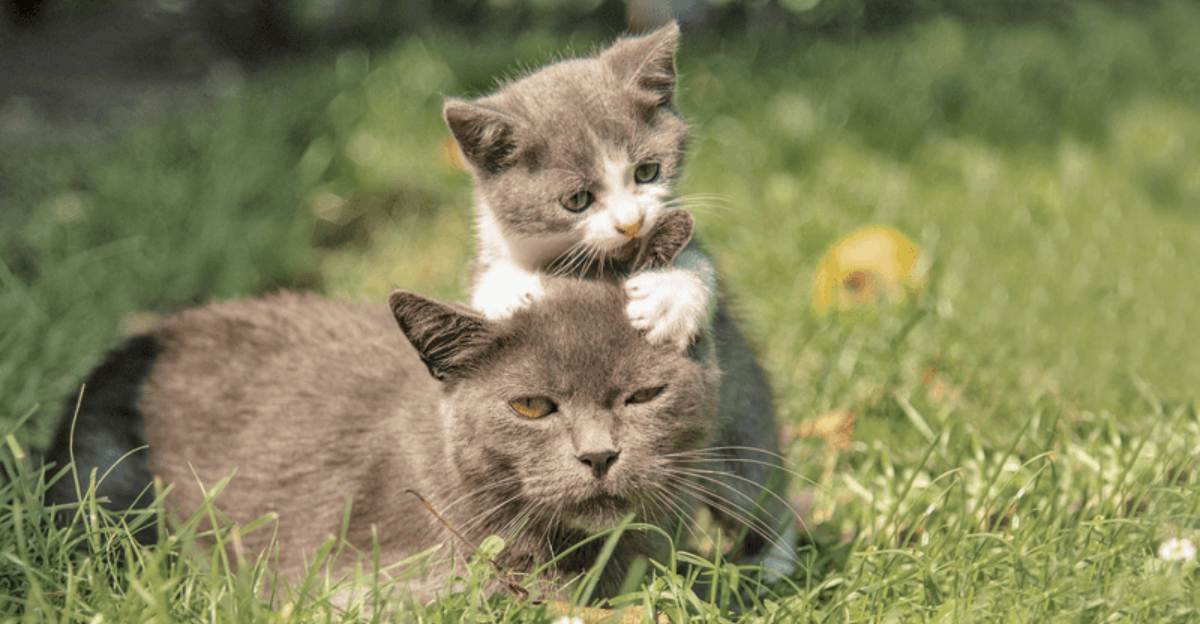
Bringing home a new kitten is exciting, but timing matters tremendously for your furry friend’s development.
Separating a kitten from its mother too early can lead to behavioral problems and health issues later in life. Knowing the right signs of readiness helps ensure your kitten transitions smoothly into your home while having received all the essential lessons and care from mom.
1. Steady Weight Gain
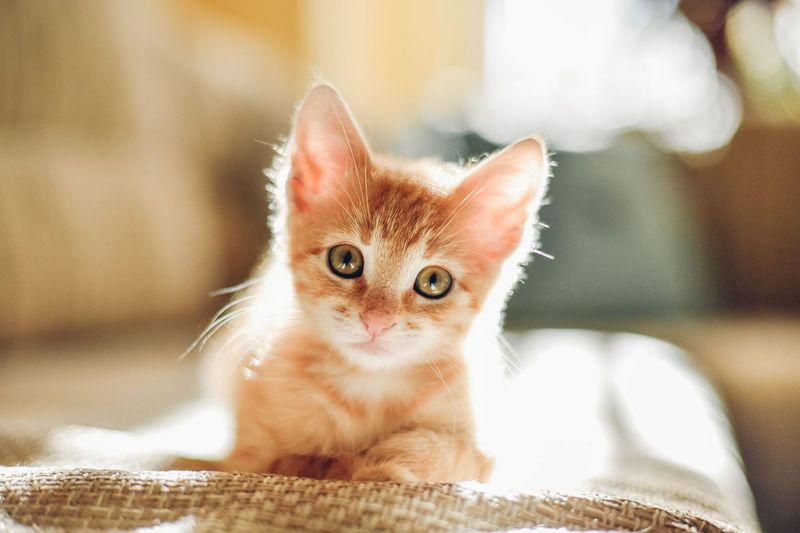
Healthy kittens should double their birth weight within the first week and continue gaining steadily. By 8-10 weeks, they typically weigh 1.5-2 pounds.
A kitten with consistent weight gain demonstrates proper nutrition absorption and development. Mom’s job of building that foundation is complete when this growth pattern is established.
2. Solid Food Independence
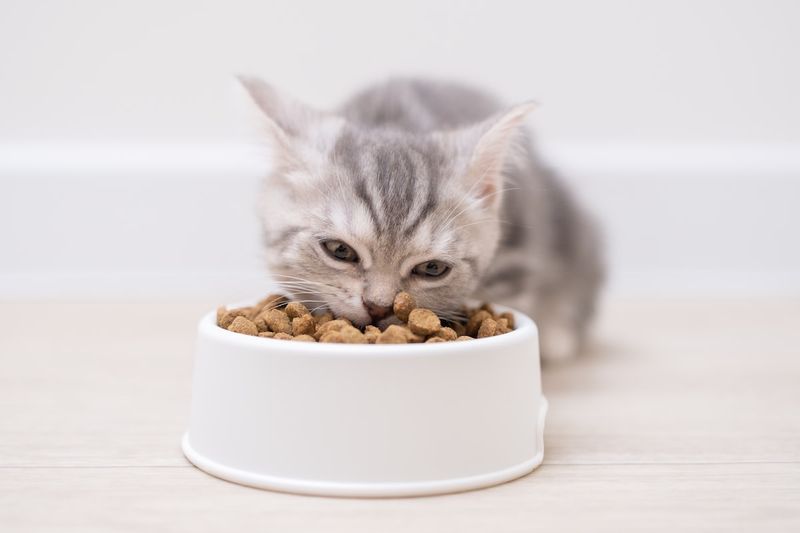
Watch how your kitten approaches mealtime. Ready-to-leave kittens eagerly eat wet or dry kitten food without assistance.
They should show interest in food, approach the bowl confidently, and eat without mom’s encouragement. This self-sufficiency with meals indicates they’re physically capable of sustaining themselves nutritionally in your home.
3. Weaning Completion
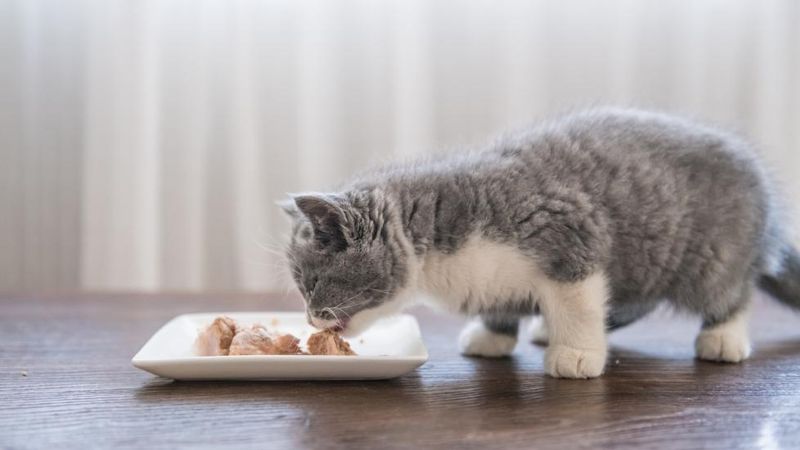
Around 8 weeks, kittens naturally complete the weaning process. They’ll show minimal interest in nursing, even when mom is available.
Mom might start refusing nursing attempts by walking away or lying on her stomach. This natural progression shows the maternal-offspring nutritional relationship has fulfilled its purpose, marking a significant developmental milestone.
4. Litter Box Mastery
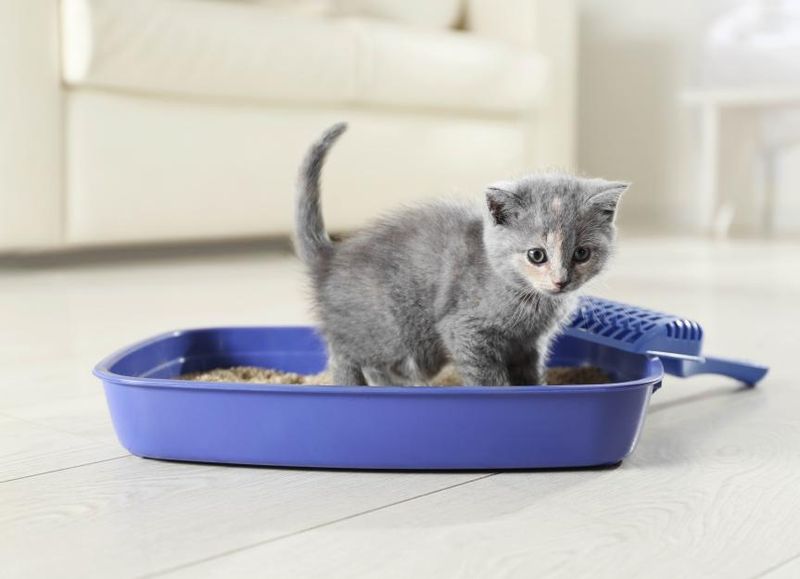
Bathroom independence is crucial! Ready-to-leave kittens consistently use the litter box without accidents or confusion.
They should dig appropriately before eliminating and cover afterward – behaviors learned from mom. This reliable bathroom etiquette shows they’ve internalized one of the most important household skills needed for successful integration into your home.
5. Social Play Development
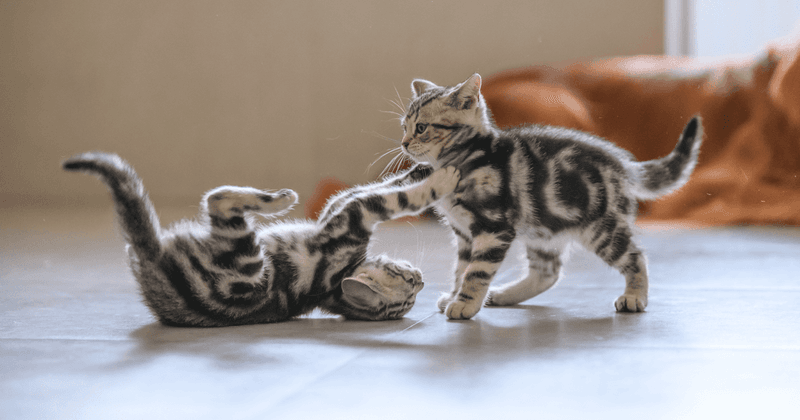
Playful wrestling with siblings teaches vital social boundaries. Kittens ready for adoption engage enthusiastically but know when to stop if play gets too rough.
You’ll notice them taking turns chasing and being chased. These interactions develop bite inhibition and body language reading – crucial skills for interacting appropriately with humans and other pets in their forever home.
6. Grooming Self-Sufficiency
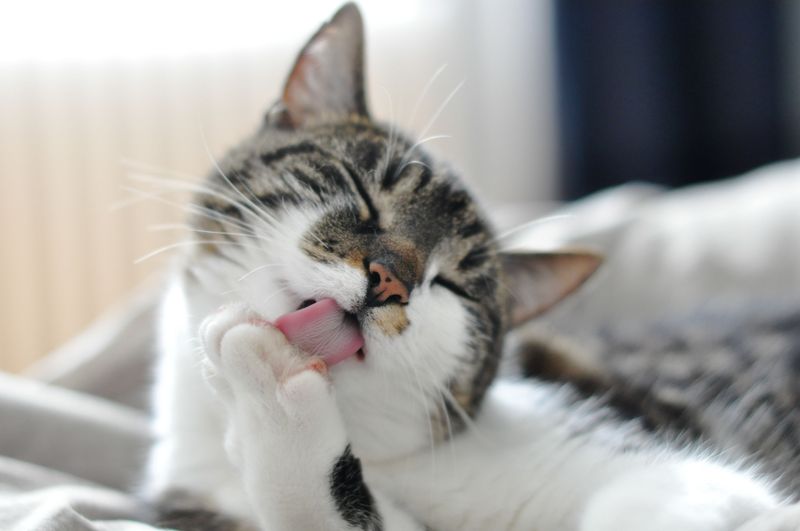
Self-grooming begins around 4 weeks but becomes more thorough as kittens mature. By separation age, they should regularly clean their faces, paws, and bodies.
While not yet perfectionists, they understand the basics of hygiene. This self-maintenance indicates they’ve learned from watching mom and can handle basic cleanliness without maternal assistance.
7. Confident Exploration
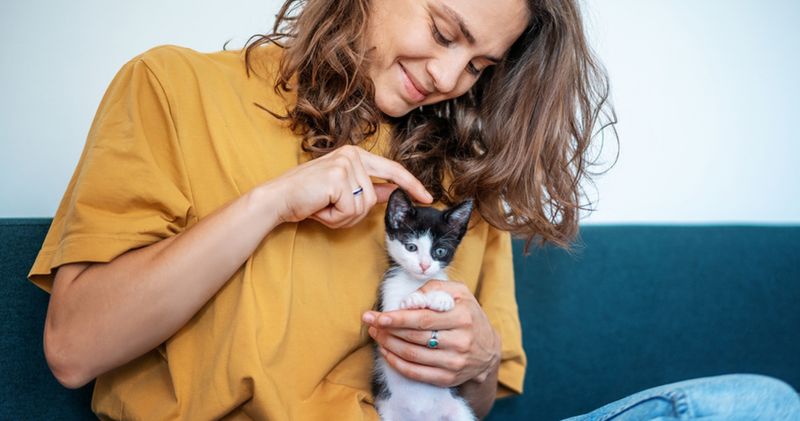
Fear periods are normal in kitten development, but by 8-10 weeks, they should show genuine curiosity about their environment. Look for confident exploration of new spaces, objects, and people.
A kitten ready for adoption investigates unfamiliar things with interest rather than hiding. This adventurous spirit indicates healthy psychological development necessary for adapting to a new home.
8. Social Bonding With Humans
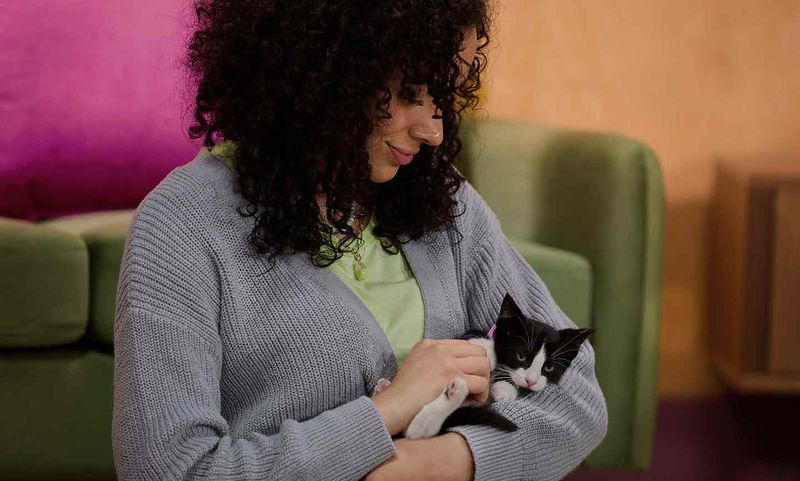
Between 2-7 weeks, kittens undergo critical socialization periods. By 8-10 weeks, they should respond positively to gentle human handling.
Watch for approach behaviors, purring during petting, and comfort being held briefly. These social responses indicate they’ve had sufficient positive human exposure to form bonds with new family members in their adoptive home.
9. Stress-Free Short Separations
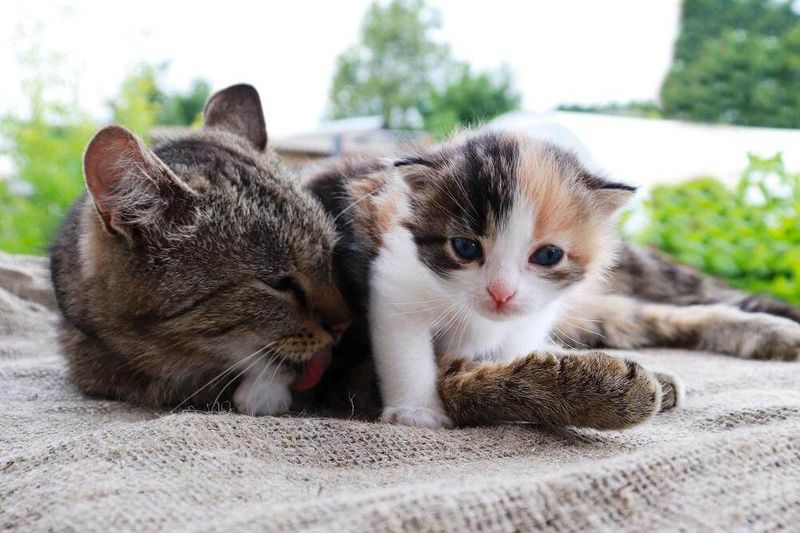
Mother cats naturally begin spending time away from their kittens as they mature. Ready-for-adoption kittens remain calm when mom leaves temporarily.
They might play with siblings or nap instead of crying for her return. This emotional independence demonstrates they’ve developed sufficient security to handle the permanent separation of adoption without severe anxiety or distress.
10. Appropriate Fear Responses
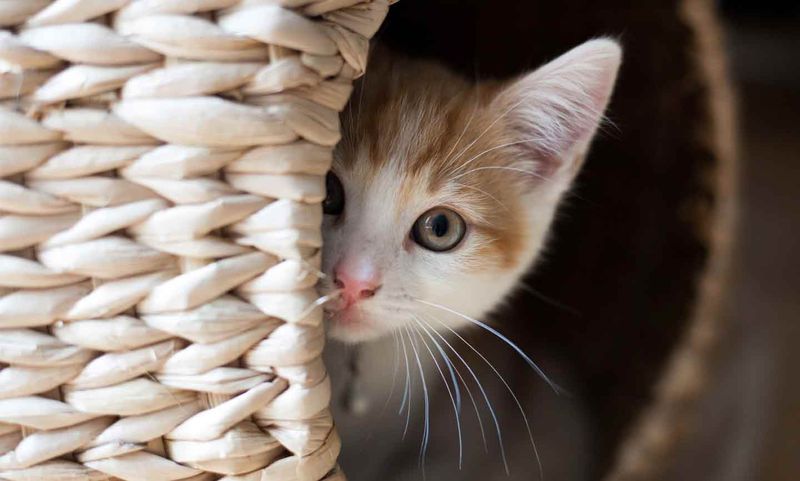
Well-socialized kittens startle at sudden loud noises but recover quickly. They don’t show extreme, prolonged fear reactions to normal household sounds.
This balanced response system indicates proper neurological development. A kitten that can assess potential threats realistically rather than living in constant fear has received proper maternal guidance during crucial developmental windows.
11. Physical Coordination
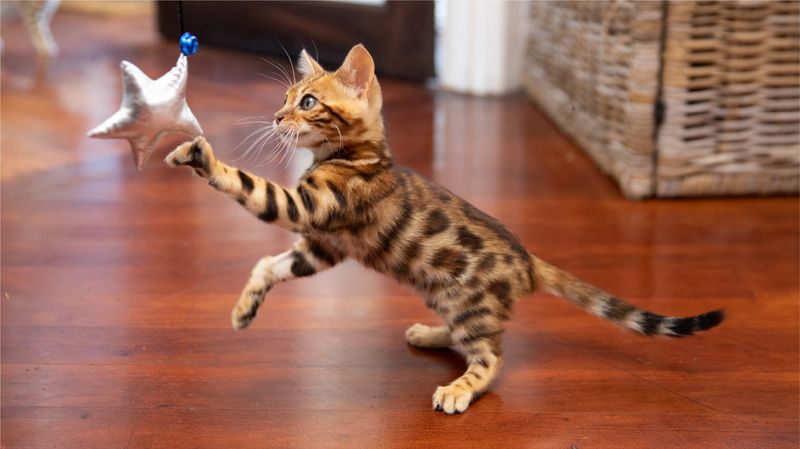
Watch your kitten’s movements – they should be steady on their feet with good balance and coordination. Playful pouncing, climbing, and running demonstrate neuromuscular development.
By 8-10 weeks, the clumsy wobbling of early kittenhood should be replaced by confident, precise movements. This physical capability shows they’re prepared to navigate a new environment safely.
12. Appropriate Bite Inhibition
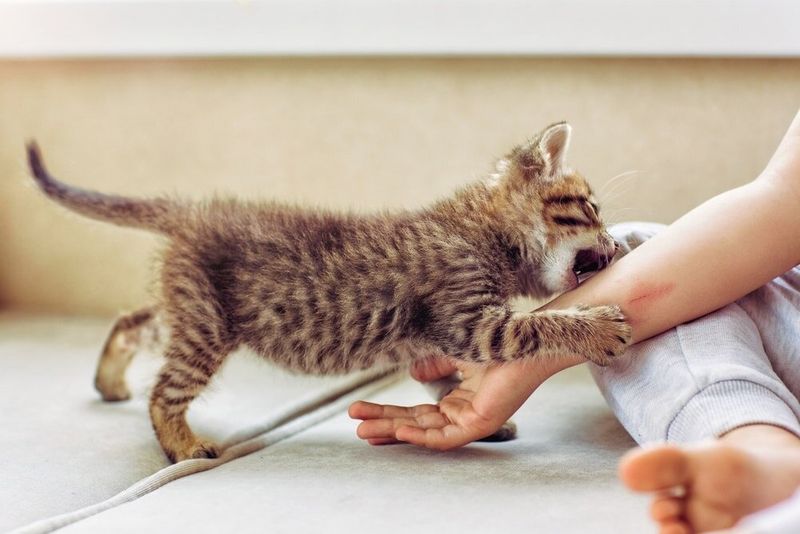
Bite control is learned through play with siblings and mom’s corrections. Ready-to-adopt kittens use gentle mouth pressure during play.
When they accidentally bite too hard, they respond to feedback by easing up immediately. This self-regulation demonstrates they’ve learned crucial lessons about controlling their natural predatory behaviors – essential for living harmoniously with humans.
13. Complete Dental Development
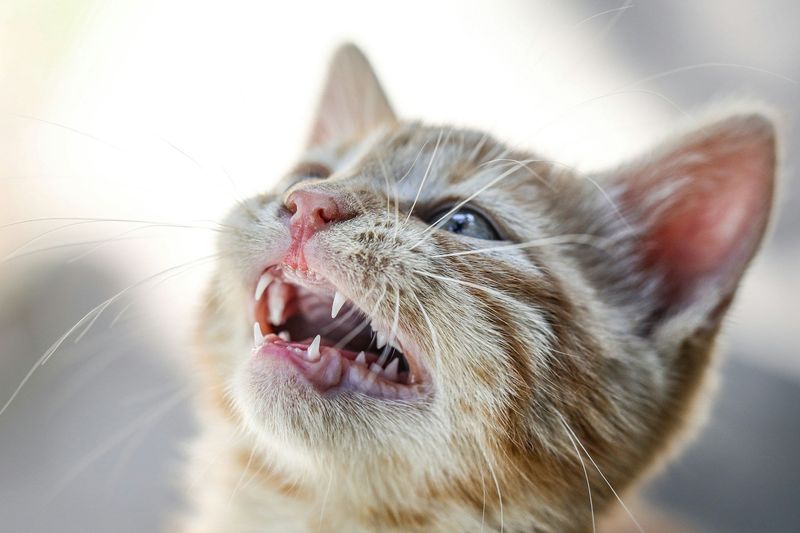
By 8 weeks, kittens should have all their baby teeth (26 total). These sharp little teeth enable them to eat solid food effectively.
Complete dentition indicates proper physical development and readiness for a kitten food diet. While these teeth will eventually be replaced by adult teeth, their presence confirms the kitten has reached an appropriate developmental milestone.
14. Healthy Elimination Habits
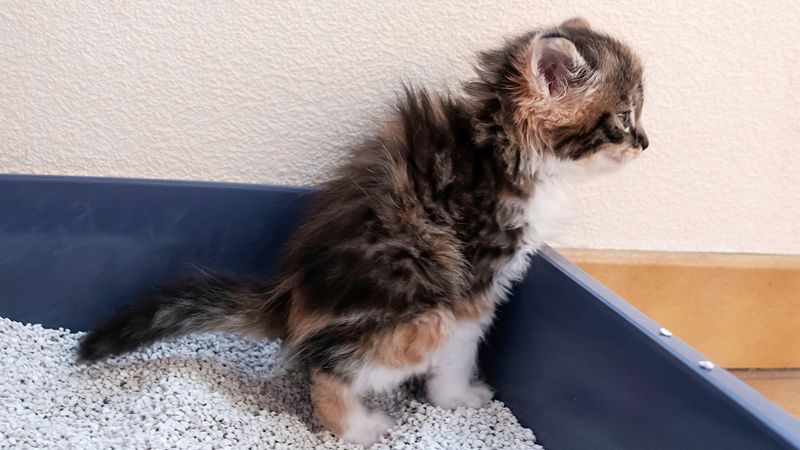
Observe your kitten’s bathroom habits closely. They should produce firm, well-formed stools and urinate regularly without straining.
Consistent, independent elimination indicates proper digestive function and bladder control. These biological functions confirm physical maturity and show that the kitten’s body systems are functioning well enough to thrive away from mother’s care.
15. Mother Cat’s Behavior Change
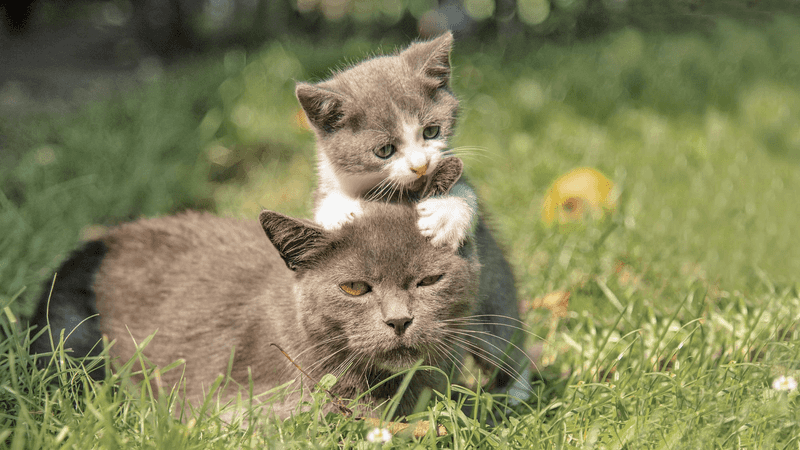
Nature provides clear signals through mom’s changing attitude. Mother cats start spending more time away from kittens and become less tolerant of nursing attempts.
Some may even hiss gently when kittens become too demanding. This natural distancing isn’t rejection – it’s her way of saying they’re ready for independence, similar to how wild cats would gradually encourage offspring self-sufficiency.
16. Immune System Development
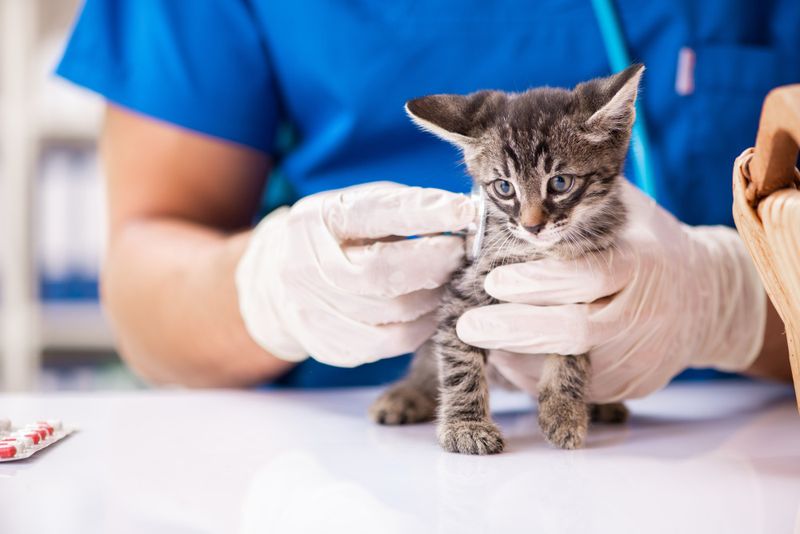
Kittens receive maternal antibodies through nursing, but these protective benefits gradually decrease. By 8-10 weeks, they should have received their first vaccinations.
A kitten with an initial vaccine series started has the immune foundation to transition safely to a new environment. This medical milestone marks the shift from maternal immunity to developing their own disease protection.


